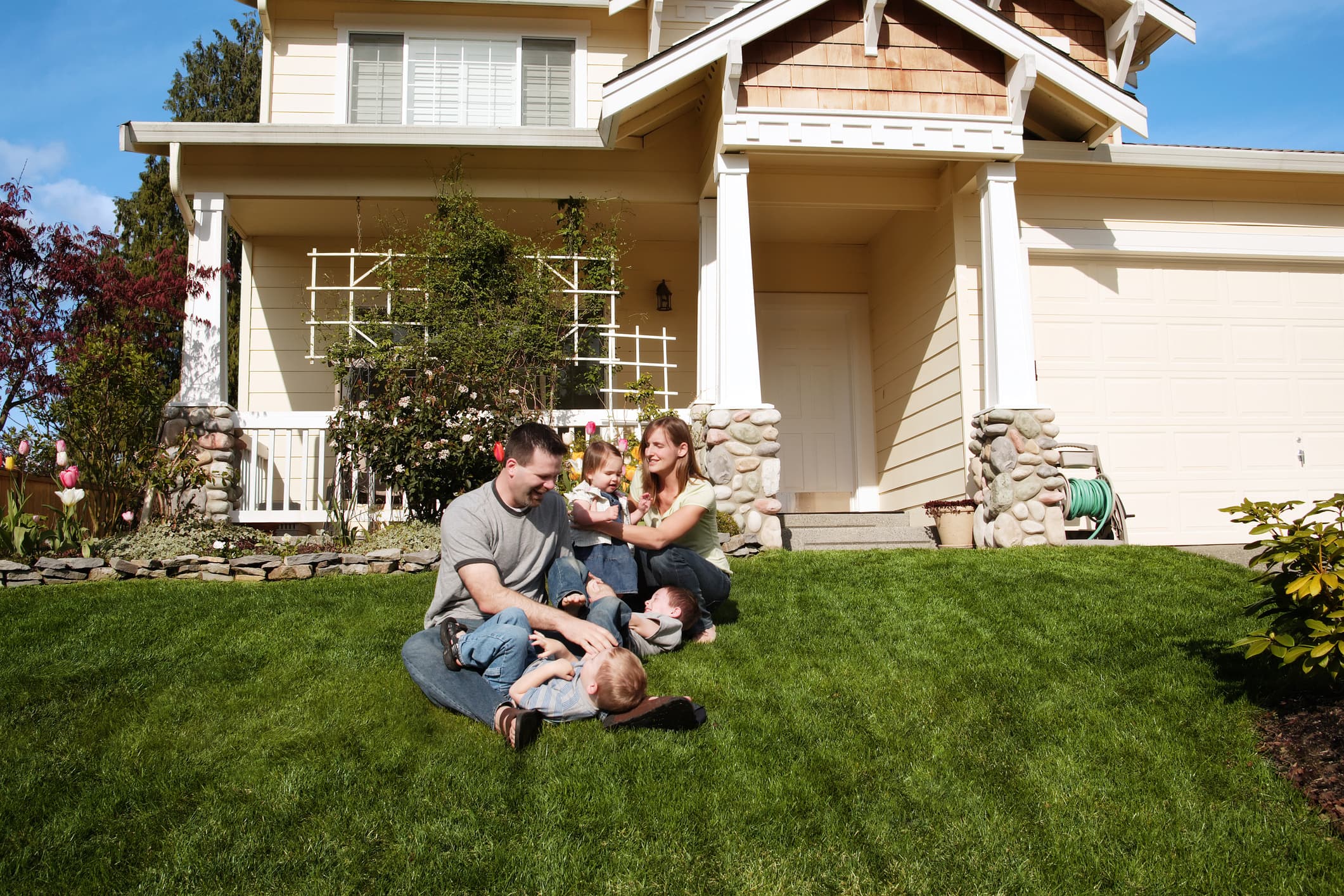This story is part of CNBC Make It’s One-Minute Money Hacks series, which provides easy, straightforward tips and tricks to help you understand your finances and take control of your money.
There’s been a lot of discussion about affordable housing recently, especially as home prices and rents hit record levels. Is your current home affordable? Here’s how to tell.
The most common rule of thumb to determine how much you can afford to spend on housing is that it should be no more than 30% of your gross monthly income, which is is your total income before taxes or other deductions are taken out.
For renters, that 30% includes rent and utility costs like heat, water and electricity. If you own your home, you should include interest, homeowners insurance, property taxes and utilities, in addition to your mortgage.
That means if you earn $75,000 a year before taxes, you should spend no more than $1,875 a month on your housing.
The 30% rule is based on how much a family can reasonably spend on housing and still have enough money left over to afford everyday expenses like food and transportation.
If you’re looking to buy a home, some financial experts also recommend using the 28/36 rule to determine what you can afford. The 28/36 rule stipulates that in order for a home to be considered within your budget, your housing expenses (such as mortgage payments, taxes and insurance payments) can’t exceed 28% of your gross monthly income. Your total debt (including credit cards, student loans and car loan payments) can’t exceed 36% of your gross monthly income.
If you’re married or have a partner, keep in mind that this calculation includes the entire household, so you’ll need to include their salary and debts in the equation as well.
So, is your current home affordable? If it’s not, it might be time to consider a cheaper place to rent or think about refinancing if you can.
Sign up now: Get smarter about your money and career with our weekly newsletter
More from this series:
